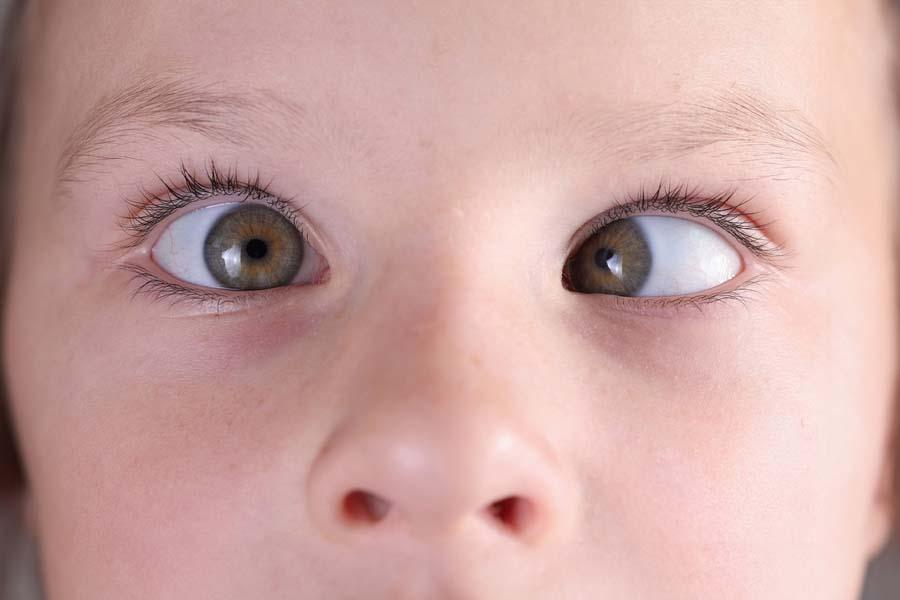
What causes strabismus in children?
Strabismus is an eye problem that can affect newborns and children under the age of two. Several causes can cause strabismus in children, including:
1. Genetic factors related to family medical history.
2. Congenital defects that occurred during pregnancy or birth.
3. Cranial nerve injury.
4. Strabismus as a secondary symptom of another eye condition, such as farsightedness, nearsightedness, or astigmatism.
Dr. Ahmed Raslan, an ophthalmology and eyelid surgery consultant, accurately diagnoses newborns and children of all ages who suffer from strabismus to provide optimal treatment to help them live a normal life.
Are there types of strabismus surgery for children?
The types of strabismus surgeries for children vary depending on the direction of the child's eye, including:
Esotropia Surgery for Children
Esotropia is a type of strabismus that affects children at an early age, causing one eye to turn inward. Esotropia is divided into:
Congenital esotropia, which occurs at birth and disappears after six months.
Adaptive esotropia, which occurs in children between the ages of 8 months and 4 years.
Doctors can treat these types of esotropia through surgery and the use of appropriate eyeglasses for children.
Exotropia Surgery for Children
Exotropia is the opposite of esotropia in children. In exotropia, the child's eye turns outward. This type of strabismus appears one year after birth. Parents should be aware that exotropia may remain with the child throughout their life, or it may disappear after a period of time. Early and accurate diagnosis helps the child receive appropriate treatment for the strabismus.
During exotropia surgery, the doctor detaches the affected extrinsic muscle from the eye and reattaches it away from the eye. To weaken the relative strength of the muscle if it is strong.

